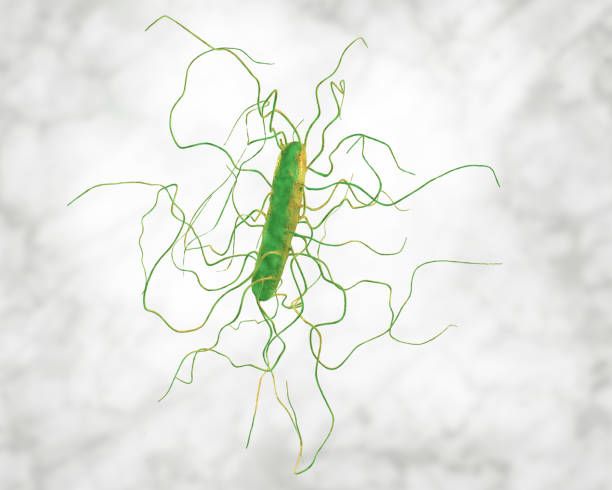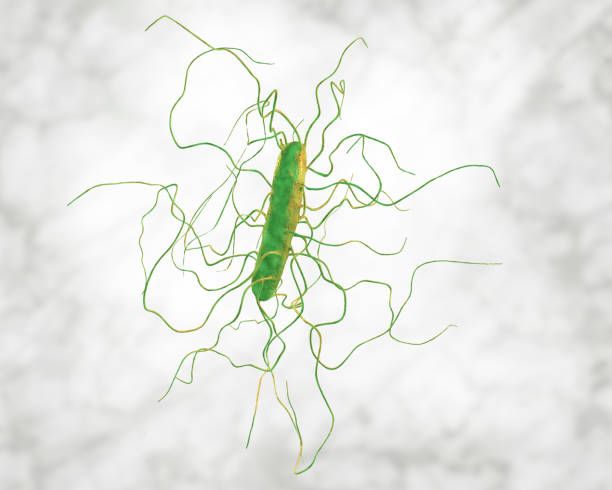
HAIs are among the top 5 urgent public health threats in the US due to the high recurrence rates of infections following standard antibiotic treatments. Specifically, Clostridioides difficile infections (CDI), the high recurrence rates with first-line antibiotics which underscores the need for new treatments. Introducing targeted therapies could significantly improve CDI management. While the long-term effects of these therapies are still uncertain, expanding the treatment options for C. difficile gives healthcare professionals more ways to treat the infection, aiming ultimately to reduce patient distress.
Due to its lower recurrence risk, the microbiome-preserving antibiotic Fidaxomicin is advised as the primary treatment for C. difficile infection. The effectiveness of fecal microbiota transplants (FMT) in managing recurrent CDI has paved the way for defined microbiome biotherapeutics, which provide a safer and more regulated option to complement antibiotic treatment. Considering the link between antibiotic-induced disruption of the gut microbiota and C. difficile recurrence, upcoming therapies focus on minimizing reliance on antibiotics for managing the infection.
The infection encompasses fidaxomicin, vancomycin, and metronidazole. Fidaxomicin, recognized for its narrow spectrum activity, has been shown to better preserve the intestinal microbiome compared to vancomycin, offering similar rates of clinical cure but with a reduced risk of C. difficile recurrence. The standard course of fidaxomicin treatment is 200 mg every 12 hours for 10 days, it is advised as the primary therapy for initial episodes of non-severe CDI, as well as for severe and severe-complicated/refractory cases. In situations where fidaxomicin is unavailable, vancomycin, 125 mg every 6 hours for 10 days, serves as a substitute. Metronidazole is no longer recommended as a first-line treatment for CDI. Metronidazole is still used as a primary treatment in several countries due to the cost and accessibility of alternative medications.
Main Takeaways
- The introduction of novel therapies, such as the microbiome-preserving antibiotic fidaxomicin, FMT, and FDA-approved microbiome-based treatments like RBX2660 and SER-109, represent a significant shift from traditional antibiotic treatments.
- The effectiveness of treatments that focus on preserving or restoring the intestinal microbiome highlights the critical role the microbiome plays in both the treatment and prevention of recurrent CDI.
- ESCMID guidelines emphasize a multifaceted approach to reducing CDI recurrence, including infection control measures, antimicrobial stewardship, microbiota restoration, and enhancing patient immunity.
A significant update in the European Society of Clinical Microbiology and Infectious Diseases (ESCMID) treatment guidelines is the enhanced focus on treatment strategies for patients with a high risk of recurrence. Achieving a reduction in recurrent C. difficile involves multiple strategies:
- implementing robust infection control measures and antimicrobial stewardship to decrease the number of individuals at risk.
- restoring the intestinal microbiota to re-establish colonization resistance.
- boosting patient immunity.
- interfering with the pathways of disease pathogenesis.
The Food and Drug Administration (FDA) has approved REBYOTA (RBX2660), a live biotherapeutic product made from a carefully selected mixture of microbes derived from human stool. This product is administered via an enema. The stool undergoes rigorous and standardized screening for pathogens and is processed into a frozen suspension for use. The FDA also approved Vowst (SER-109), a new microbiome-based treatment. This oral medication consists of a purified consortium of firmicutes spores, which are taken over 3 consecutive days.
All in all, research indicates that C. difficile spores can survive within mucosal biofilms, potentially affecting the long-term success of treatments. While the long-term outcomes of these treatments are uncertain, broadening infection treatment options could provide alternative strategies to combat the infection. There is a need to combine current antimicrobial regimes with microbiota-restorative therapies to re-establish colonization resistance of the commensal microbiota and reduce the likelihood of recurrent disease.
Reference
1. Normington C, Chilton C, Buckley A. Clostridioides difficile infections; new treatments and future perspectives. National Library of Medicine. Published November 9, 2023. Accessed February 8, 2024. doi: 10.1097/MOG.0000000000000989








